Prasat Phanom Rung Khmer temple in Buriram Thailand
The historical park Prasat Phanom Rung (sometimes also called Prasat Phnom Rung ) is situated in a volcanic area in Chaloem Phra Kiat district in Buriram province in the Isan region of Northeastern Thailand. On the hill 400 metres above sea level we can still see the basalt as the traces of the dead volcano.
The temple construction begun approximately 200 years before the most famous Khmer temple Angkor Wat located 250 km Southeast from Phong Rung in Siem Reap in Cambodia.
Prasat Phanom Rung was built from pink sandstone and laterite pavements between the 10th and 13th century on top of an extinct volcano called Khao Phnom Rung which has been dormant for 900,000 years. During the construction, the crater was altered and turned into a huge reservoir of water.
The buildings inside the complex could be divided into 4 periods depending on when they were built:
- Two brick tower sanctuaries of Koh Kare style date back to the 10th century;
- square Prang Noi with one entrance in the Baphuon style built in the 11th century;
- the majority of the buildings in the Angkor Wat style built in the 13th century
- two rectangular libraries with one entrance only in the Bayon style
Phanom Rung name was derived from a Khmer word Vnam Rung meaning a mountain.
The castle first served as a Hindu temple dedicated to the God Shiva and Pasupata sect of the Sivaite Hinduism (similarly, both located on top of a hill) and then changed to a Buddhist monastery.
Between 1971 and 1988 the temple complex was restored by the Thailand Department of Fine Arts and finally opened to the public in May 1988.
The temple is now known for an interesting phenomena when twice a year the Sunbeams go directly through 15 temple doors at sunrise (in April and September), and then twice at sunset (March and October.) This fact reminded me of a similar thing in Chichen Itza pyramids in my favorite country Mexico.
There’s a lot of steps to get up to the temple so be ready for them. You also have to cross through 2 Naga bridges with five-headed snakes facing all four directions built in the 12th century. It is said that the bridges connect Earth with Heaven.
A couple of lotus flowers with eight petals can be found on the ground when walking to the temple (on both Naga bridges and then once you enter some smaller ones, too.) They might represent a mental prayer.
Entrance to each temple/tower depicts Shiva, yogis and other stories from the Hindu religion.
I was captured by the temple beauty and if it was not so humid, I could definitely spend a whole day strolling around in silence and admiring the elaborated details of the roofs.
Tips:
- It’s not allowed to sit on the Naga Bridge nor any of the statues around the temple.
- There’s toilets at the end of the temple just down the stairs to the parking lot. The entrance fee is 3 Thai baht and you have to change your shoes into their sandals when entering.
- If you are on an organized trip or you have a driver, then the easiest way to do is to get out of the temple at the other side where everyone else is going so you won’t need to go down all the steps again.
- Bring water. It’s super hot and humid and climbing the stairs will make it even worse so keep hydrated. A cap/hat is also recommendable.
For more photos, check out my Prasat Phanom Rung gallery.
Many thanks to TAT Tourism AUthority of Thailand for giving me an opportunity to explore Prasat Phnom Rung temple. Here is more info about Tourism Thailand.



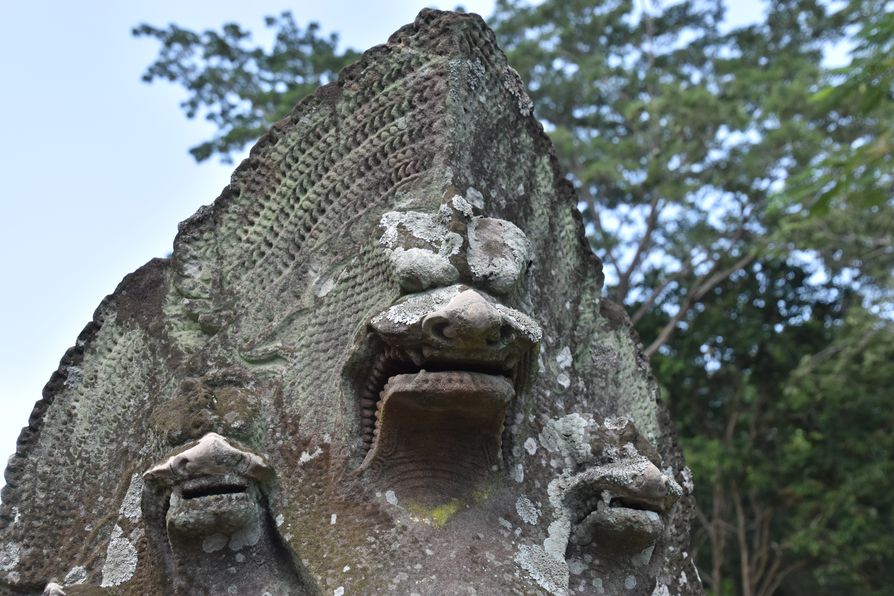
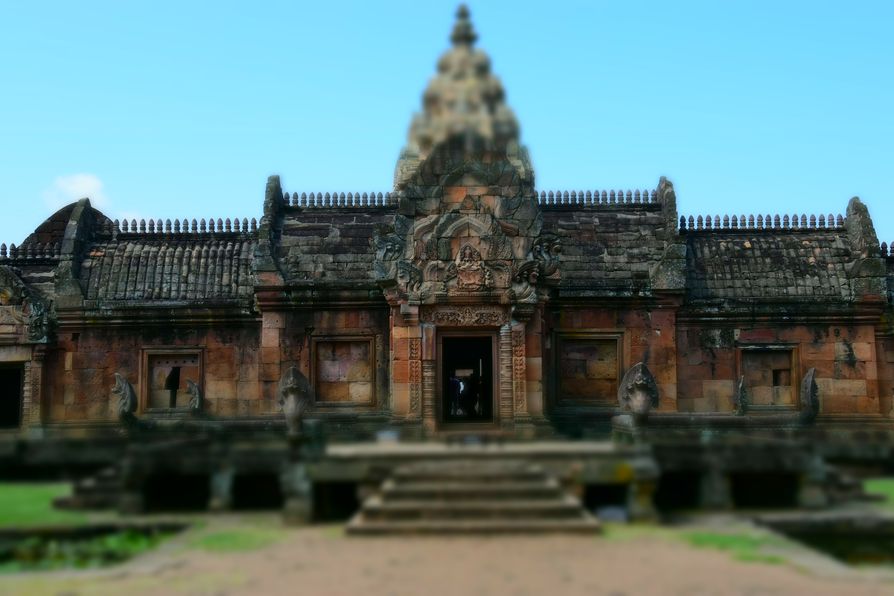
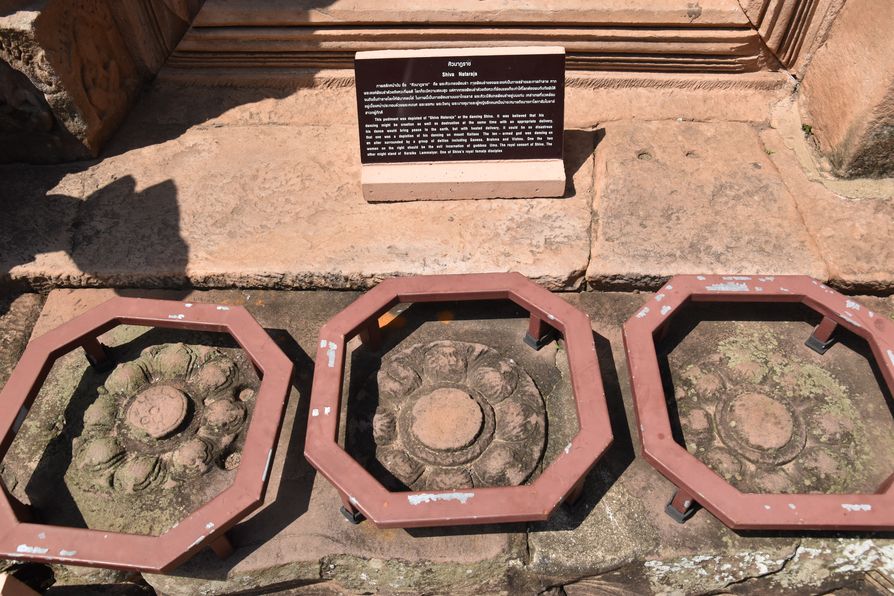
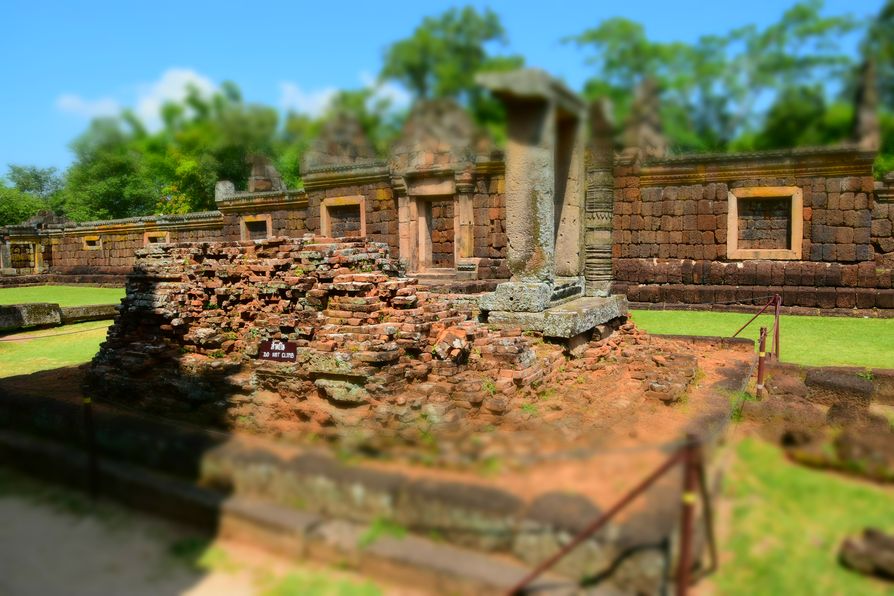
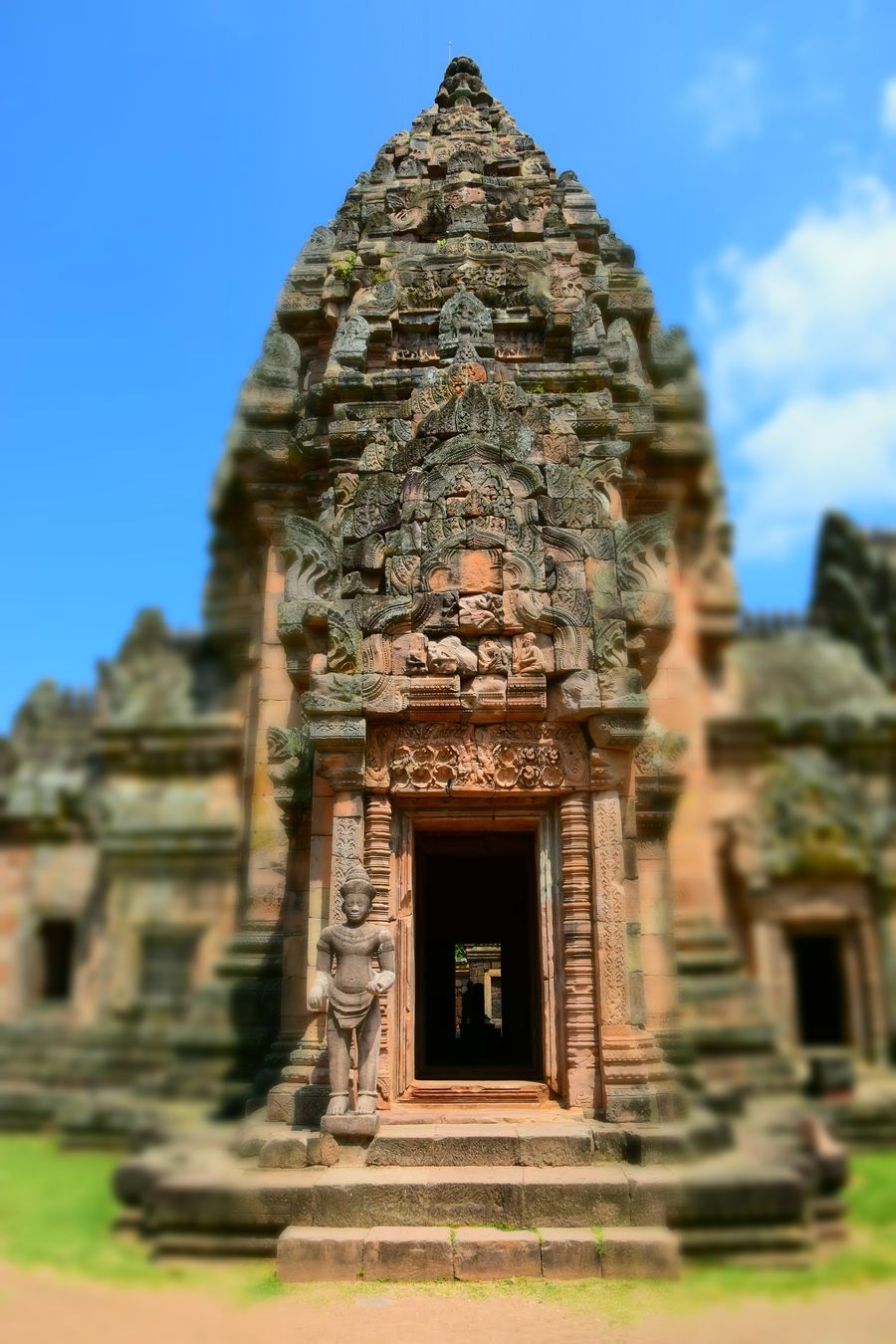
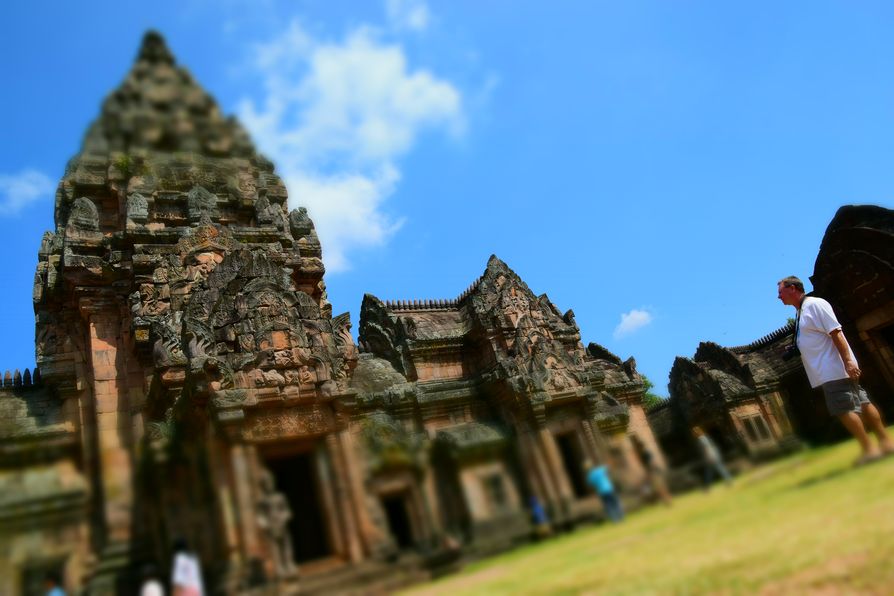
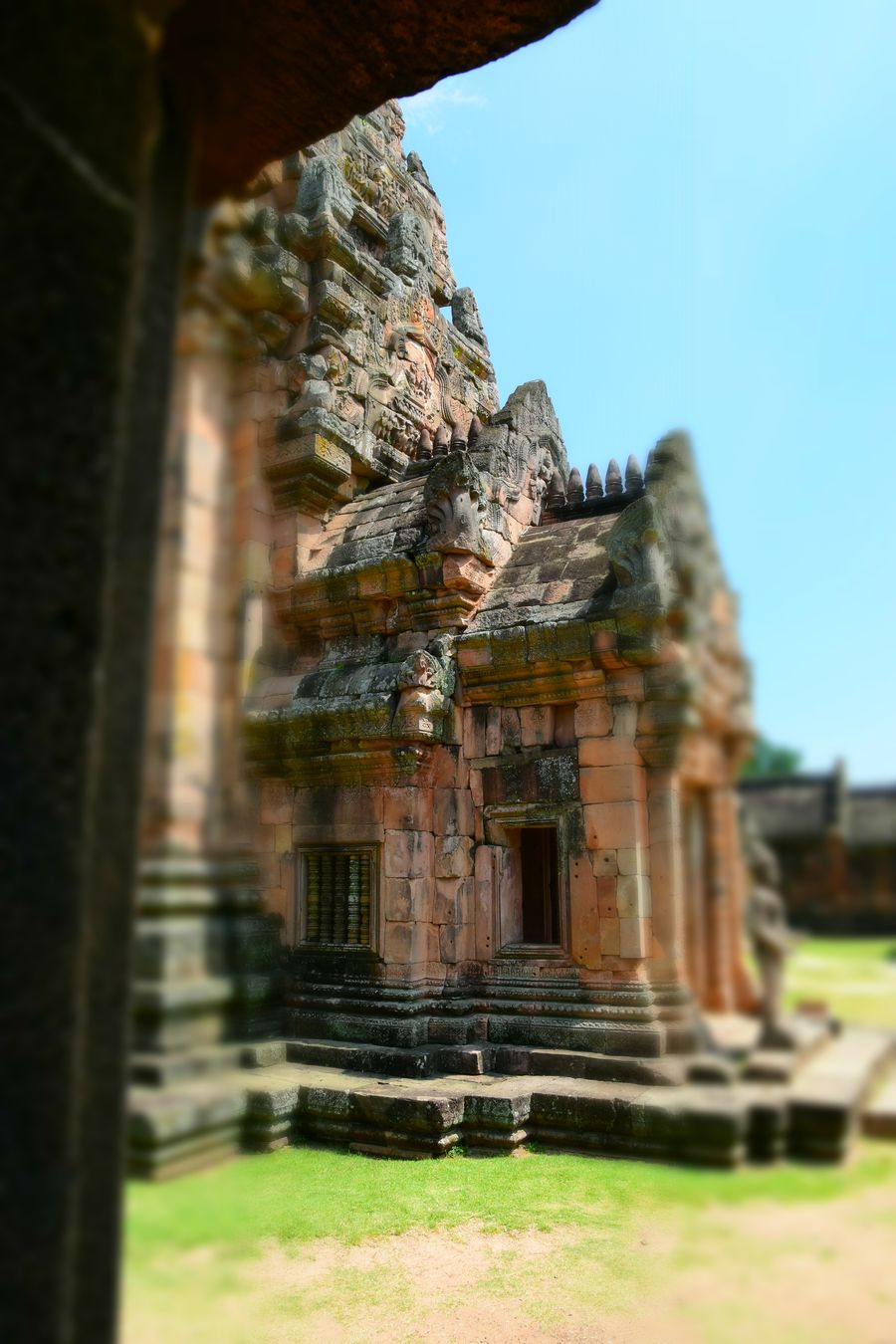

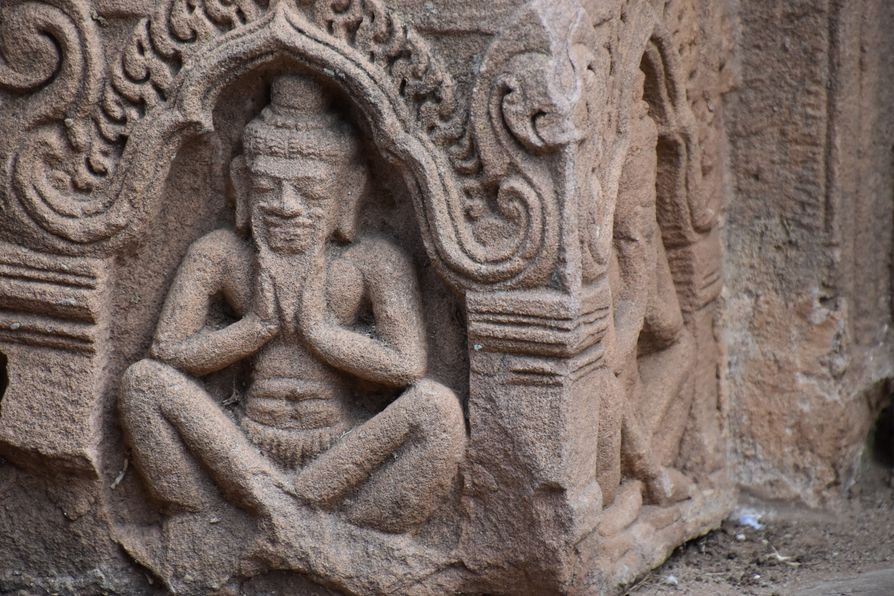
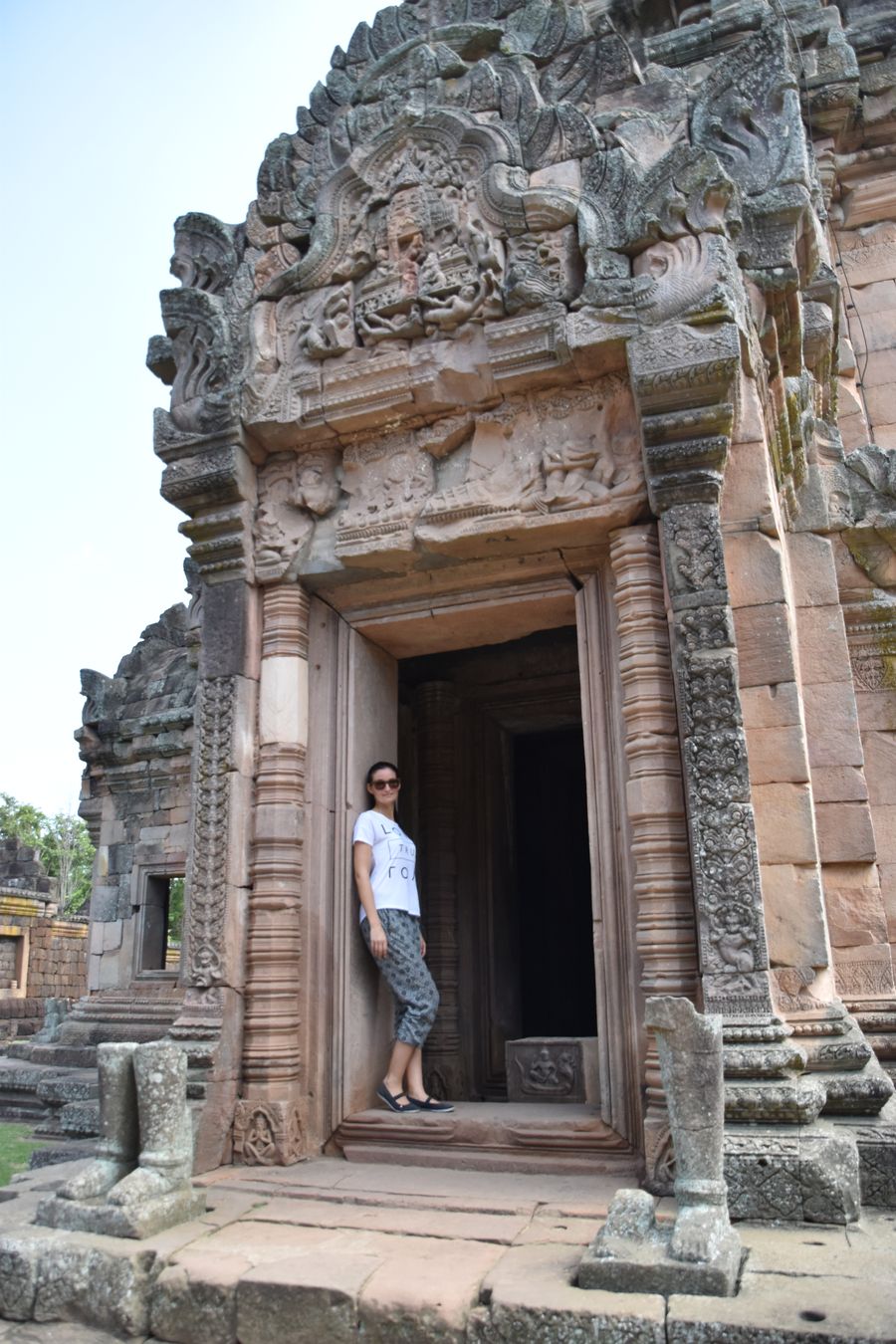


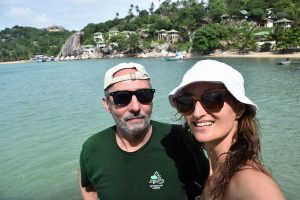

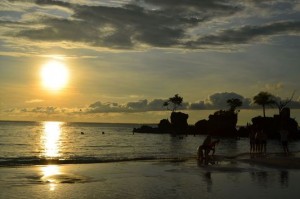

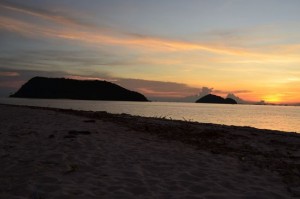


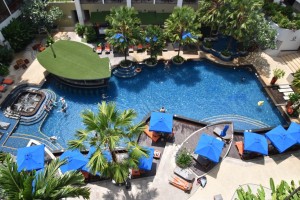
Andy
| #
Awesome photos! It’s in great shape considering it’s 200 years older than Angkor Wat!
Crazy Sexy Fun Traveler
| #
Thanks Andy, I appreciate! You are right, it was restored in a great way.